As a child of the 1980s, Blue Peter's competition to develop ideas for re-use of Battersea Power Station created the potential for an exciting theme park. Almost 30 years later, the main attraction has now opened – and it is a theme park for my adult self: the first new stations on the Northern Line in 80 years.
Today the Northern Line Extension (NLE) formed by 3km of new tunnels and new stations at Nine Elms and Battersea Power Station open for business, connecting passengers onto the Charing Cross branch of the Northern Line at Kennington. The opening is the culmination of six years of construction delivered by Ferrovial and Laing O’Rourke working in joint venture, under the name of Flo, to design and construct the new link for Transport for London (TfL).
When I visited the site last week ahead of today’s opening, the need for the new link was clear – getting to Nine Elms involves a considerable walk or bus trip. I opted to walk from Waterloo and was bemused by the number of rail lines I could see lining my route as I planned it on Google maps as none of the above ground lines serve the area. Ten years ago, there was little need for a new public transport link with the derelict Battersea Power Station and not much else but now residential towers line the Thames and the the power station has been revived – as a retail and residential development rather than my longed-for theme park though.
TfL project director for NLE Martin Gosling, speaking ahead of the opening, pointed to the scale of the development around Nine Elms and Battersea Power Station as a clear demonstration of the impact infrastructure development can deliver.
“This is a fantastic job,” said Gosling. “It really is opening up this area and bringing this whole area into regeneration with access into central London. It is amazing what we have been doing down here since the job kicked off in 2015 and a phenomenal amount of work has been delivered to get to where we are now. I really am proud of what we have done here.”
The new line was originally expected to cost £1bn – with funding delivered by financing based on fees levied on developers at Battersea and Nine Elms and increased business rates – and was planned to open in December 2020. However, the delay in opening to autumn 2021 was revealed by TfL in 2018 as a result of design changes in the oversite development at Battersea. The cost in 2016 had risen to £1.26bn but the impact of the Battersea design changes on costs – and who will foot the bill – has not been disclosed.
The developer’s changes for the oversite development increased the loadings the station box and changed the grid structure over which those loadings were imposed too. This meant that Flo had to switch from a precast concrete construction for the station box over to using cast insitu diaphragm walls to take the greater structural load.
The change in design impacted on the time and cost for the station but also impacted on the tunnelling work with the tunnel boring machines due to be launched from the Battersea station box. Gosling said that the change had a “profound impact” on the overall project.
While the station itself is complete the oversite development and a number close to the station entrance have yet to be completed. As a result, only one of the stations two entrances has opened and the other will follow when the above ground construction has reached the right stage.
Nine Elms will also have an oversite development but that one will be for social housing. The station box at Nine Elms was formed by secant piling, as were the shafts at Kennington. The station box at Kennington is 25m deep and was relatively straightforward. However, the shaft construction at Kennington involved Flo taking over Kennington Green for a number of years and, even then, the site was constrained.
Tunnelling on the project went smoothly, including contraction of the cross plate junction where the new tunnel connects with the old. FLO project director David Darcy explained the construction of the junction: “We bored a larger diameter tunnel around the existing tunnel while the existing tunnel was in operation,” said Darcy. “The tunnels were all bored through London Clay.”
Despite the ongoing pandemic, NLE is opening on the planned – albeit revised compared to the start of work – date. According to Gosling, NLE has not been affected by the impact of Covid as much as other TfL projects due to the stage of work when the pandemic hit in March last year. “All the major civils work had been completed and we were at fitout stage,” he said. “The need for social distancing was much easier to manage as a result.”
The first train ran on the new line at 5.28am this morning but Gosling is uncertain about what passenger numbers might look like for the new route at present. “Passenger numbers on the rest of the network are currently at 50% of pre-pandemic levels,” he said before adding that many of the passengers the new line will serve have yet to move to the area as the development is still ongoing.
Northern Line Extension timeline
2014 – Transport Works Act for project approved
2015 – Ferrovial and Laing O’Rourke (Flo) start work on construction on station boxes at Nine Elms and Battersea Power Station
2017 – Tunnelling started in March 2017 and breakthrough into the shafts at Kennington was completed in November 2017 followed by a 10 day blockade to complete the breakthrough in December 2017
2018 – Four new cross passages are constructed at Kennington to create extra capacity within the station ready for the influx of NLE passengers
2019 – The first track is laid and the first engineering train enters the NLE in June 2019
2020 – The new track was energised with the first passenger train trials starting in December 2020
2021 – Testing and trial operations of the stations starts and progresses to shadow running ahead of the NLE opening on 20 September
Like what you've read? To receive New Civil Engineer's daily and weekly newsletters click here.
 New Civil Engineer Civil engineering and construction news and jobs from New Civil Engineer
New Civil Engineer Civil engineering and construction news and jobs from New Civil Engineer
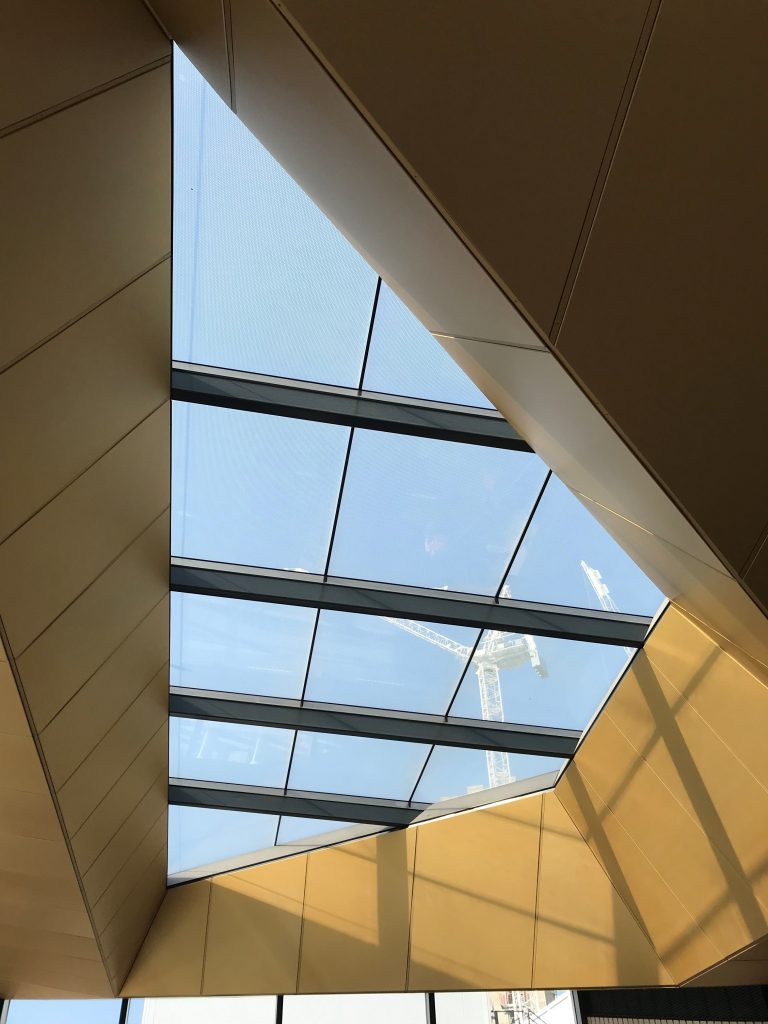
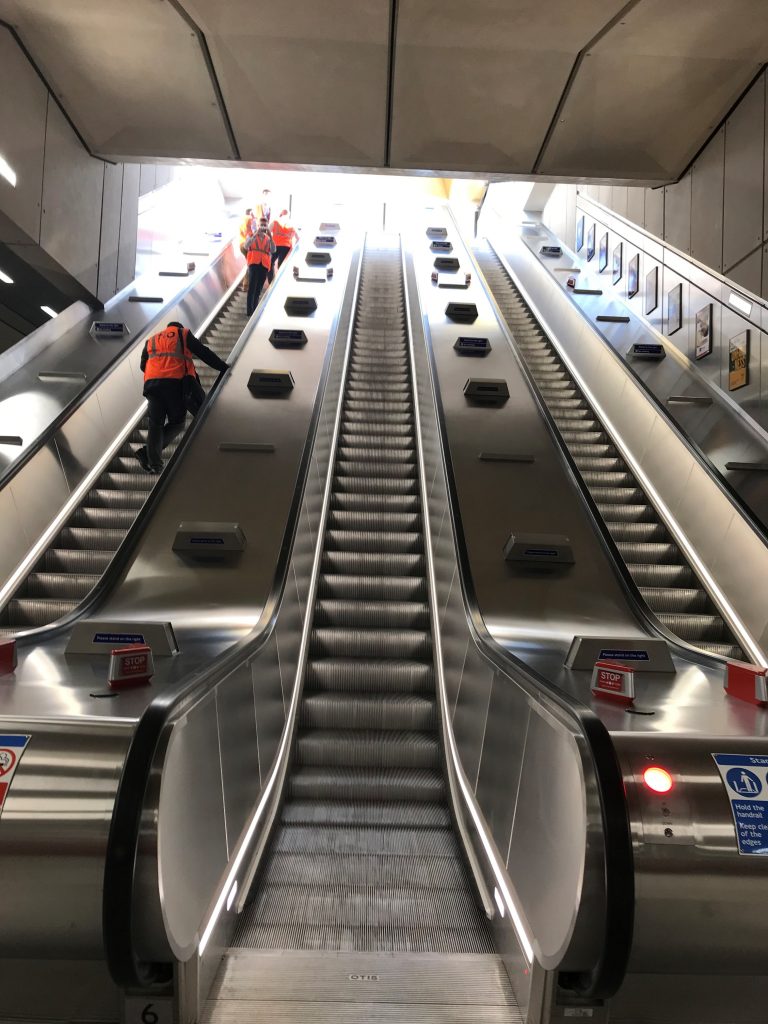
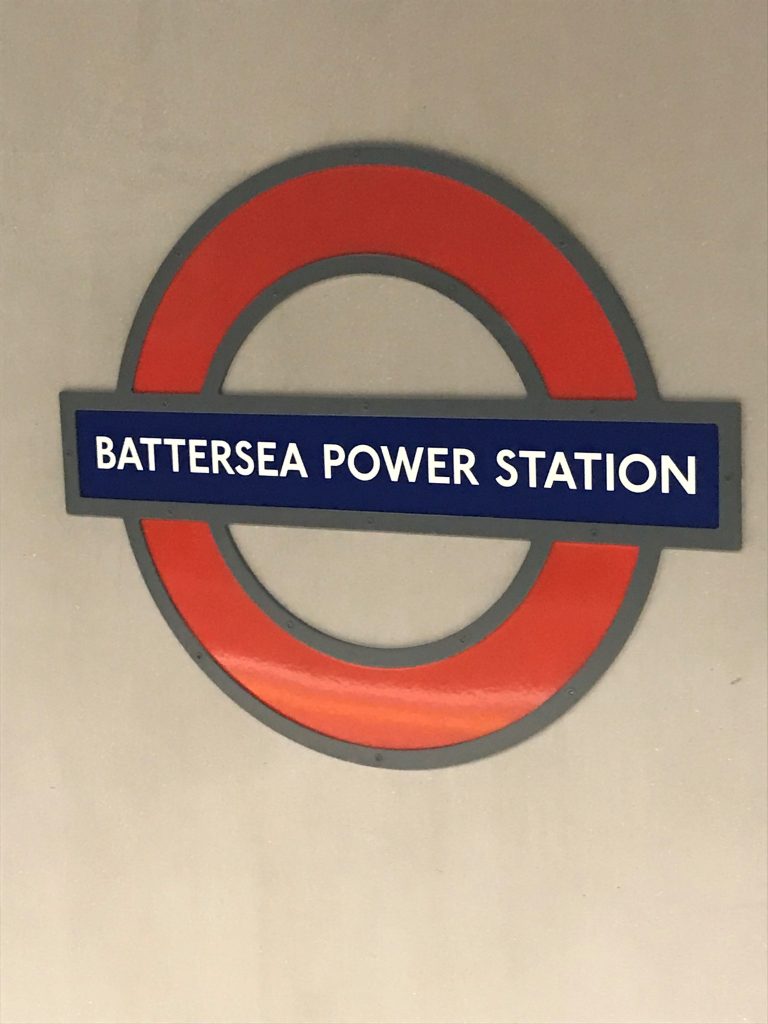
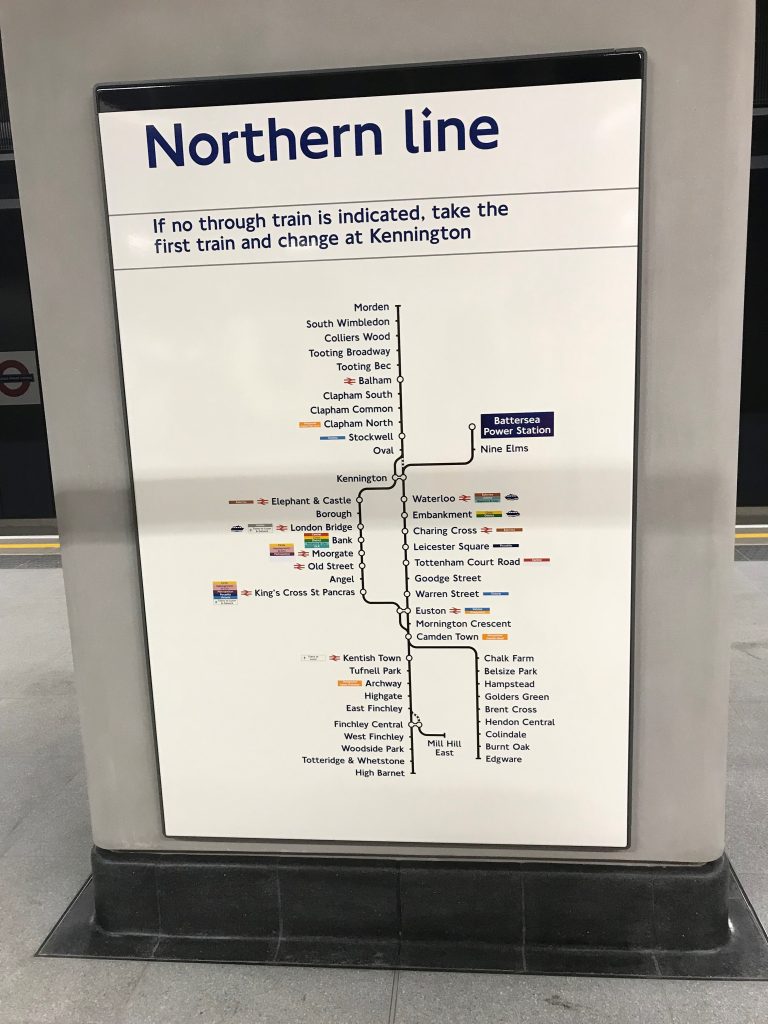
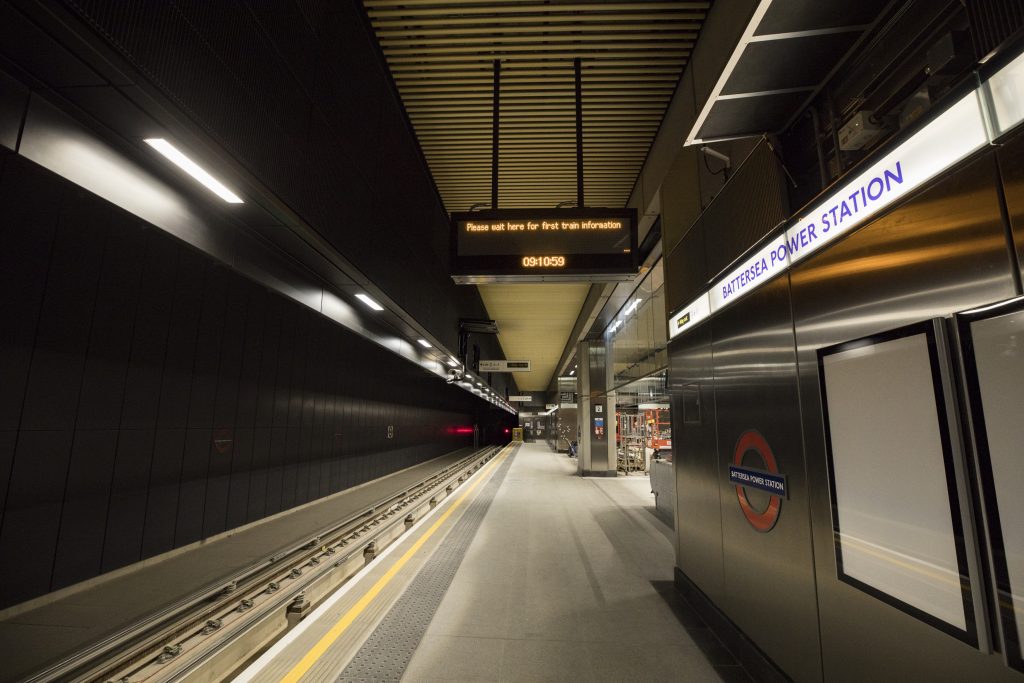
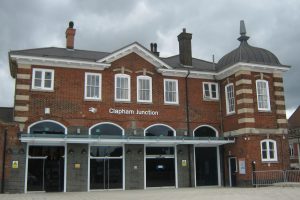
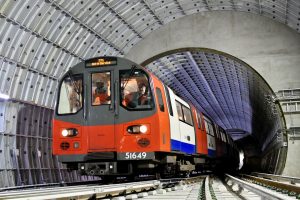
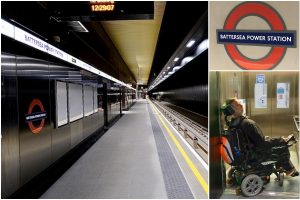
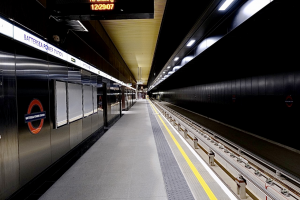
Have your say
or a new account to join the discussion.